Grape varieties
Grape varieties / 01/03/2021 / 3275
Just prior to October, the month when Prokupac wines are widely celebrated, the news arrived that a Prokupac had won gold medal at the famous Decanter wine competition in London. This competition is well-known for its rigor, so the gold medal for our indigenous grape variety means that Prokupac has truly reached a quality level that confirms without any doubt that it's a grape variety capable of producing great wines. This has finally silenced few local professional voices who publicly expressed doubts about the quality and potential of Prokupac, thus ignoring all the hard work that local winemakers have done over the last decade.
Prokupac has come a long way, from a completely marginalized variety of disputed quality, which has been preserved by Župa vinegrowers, to the flagship black grape variety in Serbian vineyards, which is just prepping for the future achievements.
How did Prokupac get its name?
Today, the most common name of the variety is Prokupac. However, the synonyms Rskavac and Kameničanka can also be found on the wine labels. If we follow sources from the second half of the 19th century, the name Prokupac was common in southern Serbia, in the vicinity of Prokuplje, Niš, Leskovac and Vranje. In the city of Prokuplje, it was the main variety in vineyards that surrounded the city and wines from Toplica region found their place in taverns and inns of Niš, Pirot and Vranje. They were known as "Prokupačko crno (Prokupac Black wine)", which was shortened to "Prokupac" over time. Winemakers of Župa, who managed to preserve this variety in old vineyards, used to call it "Rskavac", while in Central Serbia in the region of Šumadija, common name of the variety was "Kameničanka". The name Rskavac (rskav = crispy) vividly describes the thick skin of a berry that crunches under your teeth when bitten. As for the name Kameničanka, one theory is that the variety is called so because it was common to plant it on rocky terrain (kamen=rock, stone). However, taking into account wide presence of the variety in Šumadija region in the period before phylloxera and the most common soil types in the region, it is more likely that the variety was named after the village of Kamenica near Kragujevac. This is supported by the fact that in the past, grape varieties on the territory of Serbia were most often named after the territory from which they originate, e.g. Braničevka, Skadarka, Smederevka, Slankamenka, Plovdina, etc. In addition to these three most common names, Prokupac also had more narrow local names such as Niševka, Skopsko Crno, Zarčin.

Prokupac in the vineyard
Prokupac in the vineyard requires dedication, which was often the argument promoted by this variety's opponents. However, they simply ignore the fact that numerous great and well-reputed grape varieties also require special attention to show their full potential. Just think of Pinot Noir or Sangiovese! When working with Prokupac, it is necessary to curb its high yield, high vigor and late phenolic ripening. The experience of vinegrowers tells that because of this, poor well-drained soil and adequate rootstock should be chosen when planting Prokupac vineyard. Sun-drenched southern side and timely defoliation help obtain ripe smooth tannins and a slightly more intense color.
In Serbia, Prokupac is still grown in the traditional head-trained system, typically as a bush vine (locally called "župski kondir", so the vine resembles the shape of a wine glass or goblet). However, nowadays, trellis system certainly prevails in new vineyards because it is more practical and easier to maintain, whilst appropriate training system and the right viticultural approach ensure high quality grapes. The leaf of Prokupac is large, three-lobed. Clusters are large, weighing between 300 g and 500 g, cylindrical and moderately compact. The berries are round, with dark blue skin which crunches under the teeth. The vineyards of Prokupac continue to expand, so they can be found even in North Serbia, on Fruška Gora and in the vicinity of Subotica.
Prokupac in the wine cellar
Beside vineyard, Prokupac also requires hard work in the cellar. Being a tannic grape variety, it demands great care to bring its tannins to full maturity and put them in balance with other wine components in order to avoid rough and aggressive mouthfeel. In Serbia, the renaissance of Prokupac started with blends with a small percentage of international varieties that were typically added to improve wine's color and body. Today, the trend of varietal Prokupac is becoming prevalent, and wine consumers perceive that wine made from 100% Prokupac better shows its identity and generally has better quality than blends.
The perception from the period of socialism when large wineries dominated the market has also changed. Back in those days, when even wine experts and professionals gave up on Prokupac because the resulting wine was not suitable for mass production of cheap industrial wines, numerous books and textbooks in the domain of viticulture and winemaking quoted that Prokupac could age up to maximum of 5 years. Nowadays, state-of-the-art winemaking techniques have proven that, with a different approach in the vineyard and cellar, Prokupac can age much longer, whilst some archive samples of Prokupac aged between 15 and 20 years, still bring smiles to faces of satisfied consumers.

Prokupac in a glass
Currently, there is no clearly profiled style of Prokupac on the Serbian market. Winemakers who make wines from this grape variety each create their own wine philosophy, build up their experience and affinities in the production of Prokupac wines, so one can find on the market a range of Prokupac wines: young and fruity, well-aged, with more or less oak, monovarietal or blends, etc. This is actually very good, because the winemakers will use their innovation and creativity in the best possible way to track their path to an ideal Prokupac and to define typicity of Prokupac in different terroirs.
We can already taste white wine from Prokupac (blanc de noir), rosé wines ranging from light pink to darker colored traditional ružica and a whole range of red wines, from delicate fresh fruit-forward wines vinified in stainless steel tanks to lush mature wines aged in large oak barrels. This year, we could also taste the first Prokupac made from partially dried grapes and the first late harvest Prokupac made from partially botrytized berries.
In quest for an adequate description and in order to position it among red wines, Prokupac is often compared with other varieties. In those comparisons, Cabernet Franc, Pinot Noir, Blaufrankisch, Shiraz are mentioned as its peers... However, Prokupac definitely shows his own, unique and authentic expression, and in fact he does not need such comparisons. Varietal Prokupac has easily recognizable aromas of cherries, black cherries, fresh plums, black currants, blackberries, and very often pleasant spicy tones. Usually, it is medium-bodied wine, with moderate color intensity and distinct tannins. Ageing adds complexity to Prokupac and its tannins become softer, but still wine does not lose its liveliness. If sourced from favorable microlocations and in good years, Prokupac will produce wines that can be aged for decades and develop into noble, mature wines. In any case, authenticity will never be lacking in the glass if we talk about Prokupac.

____________________________________________________
This article was originally published in the wine magazine Vino & Fino
Https://Issuu.Com/Vinskimagazin/Docs/Vino___fino_38_fcefd7139b001a

Tomislav Ivanović
Awarded wine writer, wine critic and contributor to selected wine magazines. WSET3-certified author and editor-in-chief of www.vinopedia.rs. Member of Vojvodina Sommelier Association. Juror in national and international wine competitions. Lecturing about wines of Serbia and the Balkans. Local partner of Wine Mosaic organization. Co-founder of International Prokupac Day.

Pročitajte i druge članke iz ove rubrike:
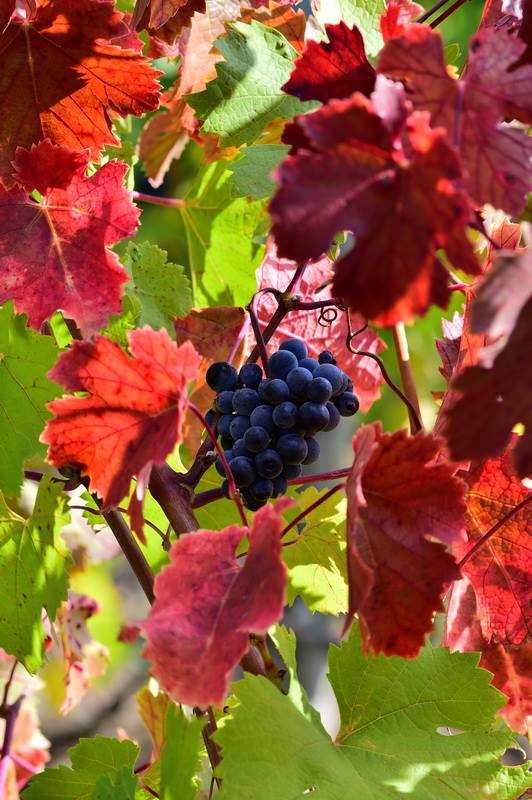

PROKUPAC
PROČITAJ VIŠE
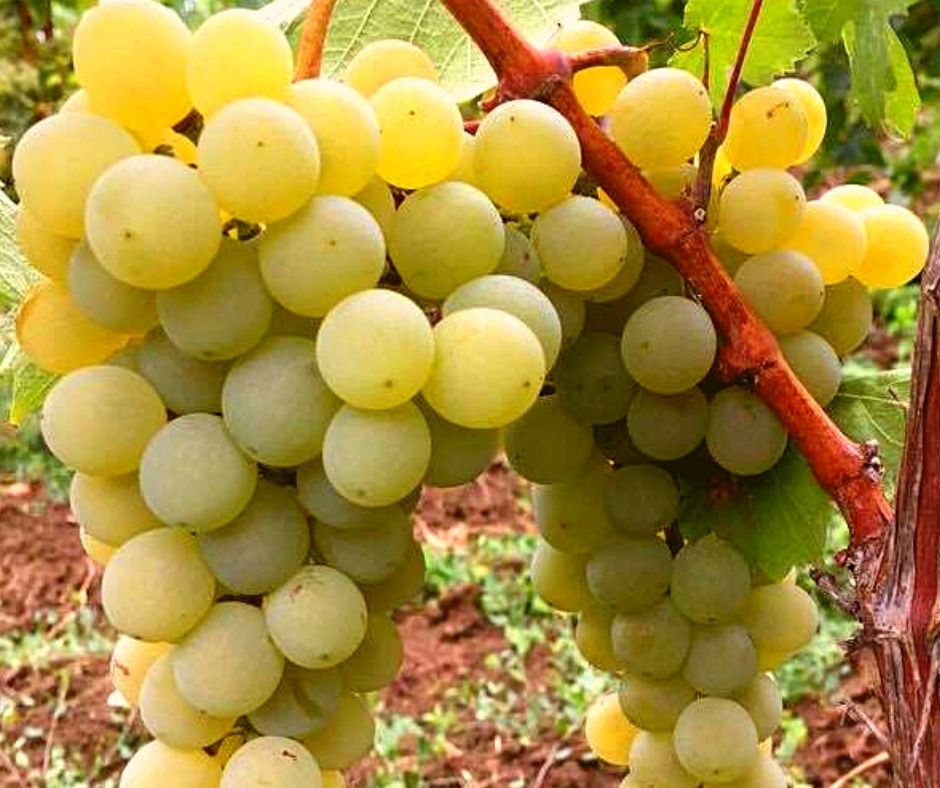

SMEDEREVKA
PROČITAJ VIŠE
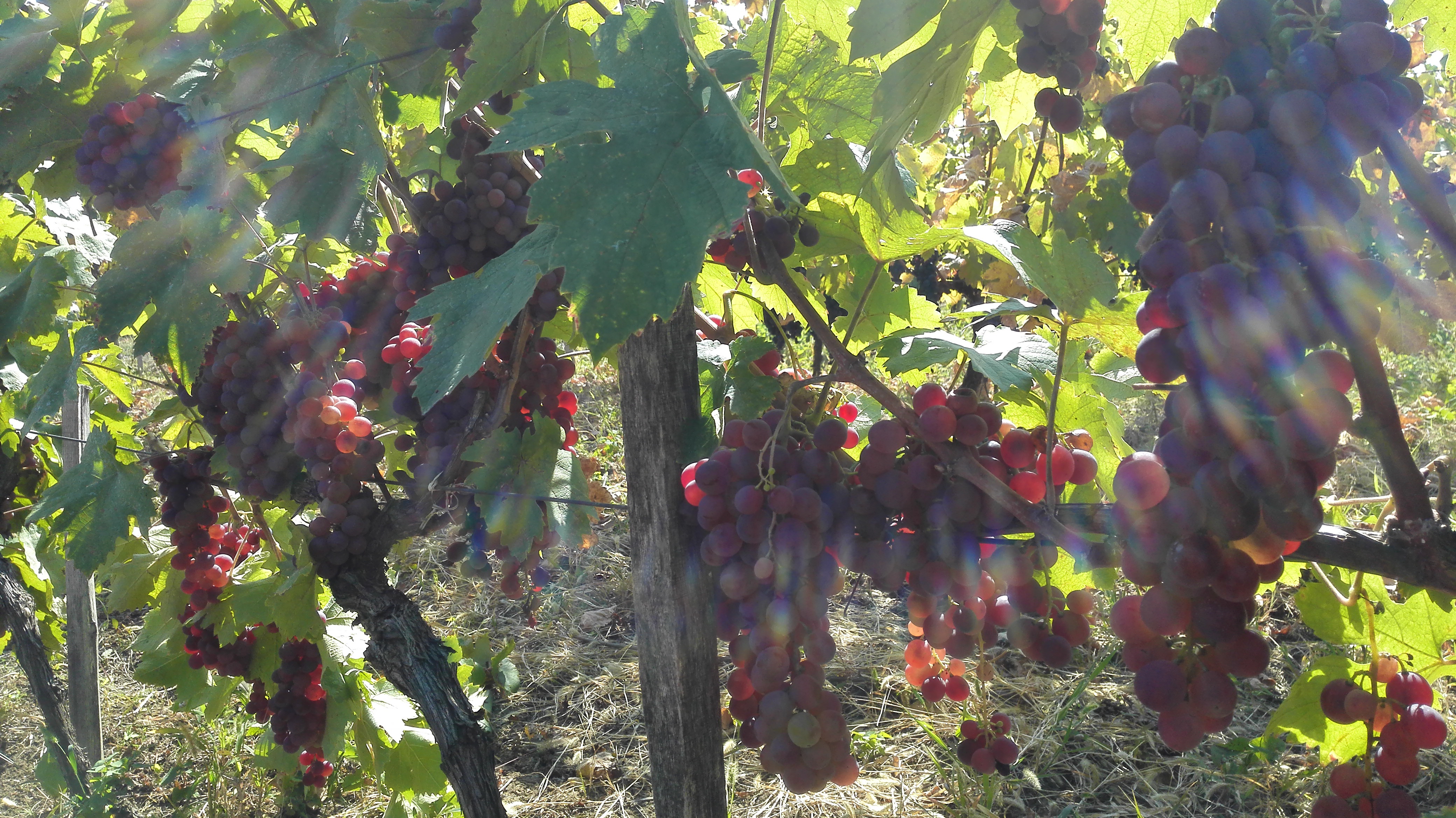

IMA LI PLOVDINA BUDUĆNOST?
PROČITAJ VIŠE
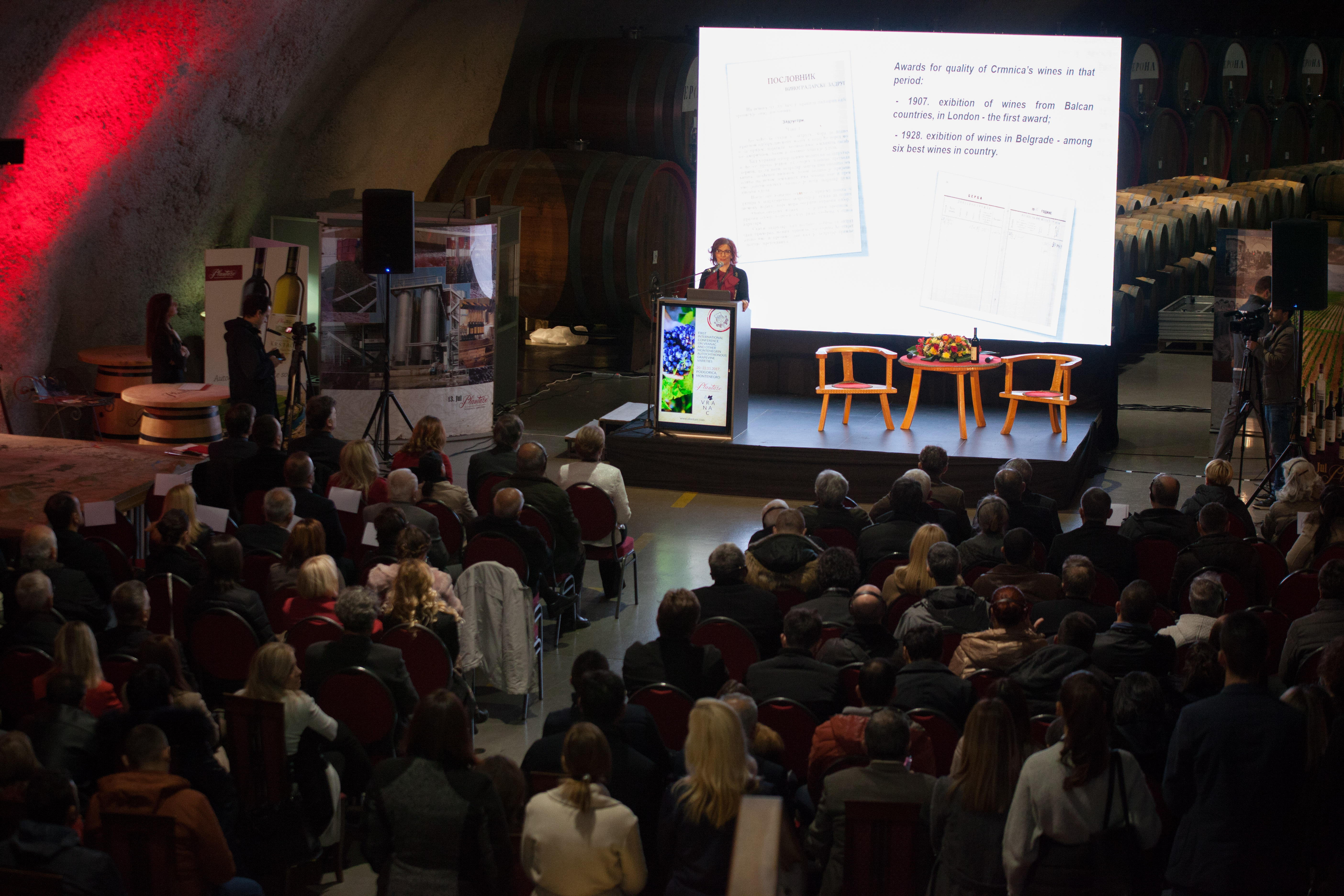

TURCI RATOM NIKAD NISU OSVOJILI CRNU GORU... A GROŽĐEM?
PROČITAJ VIŠE
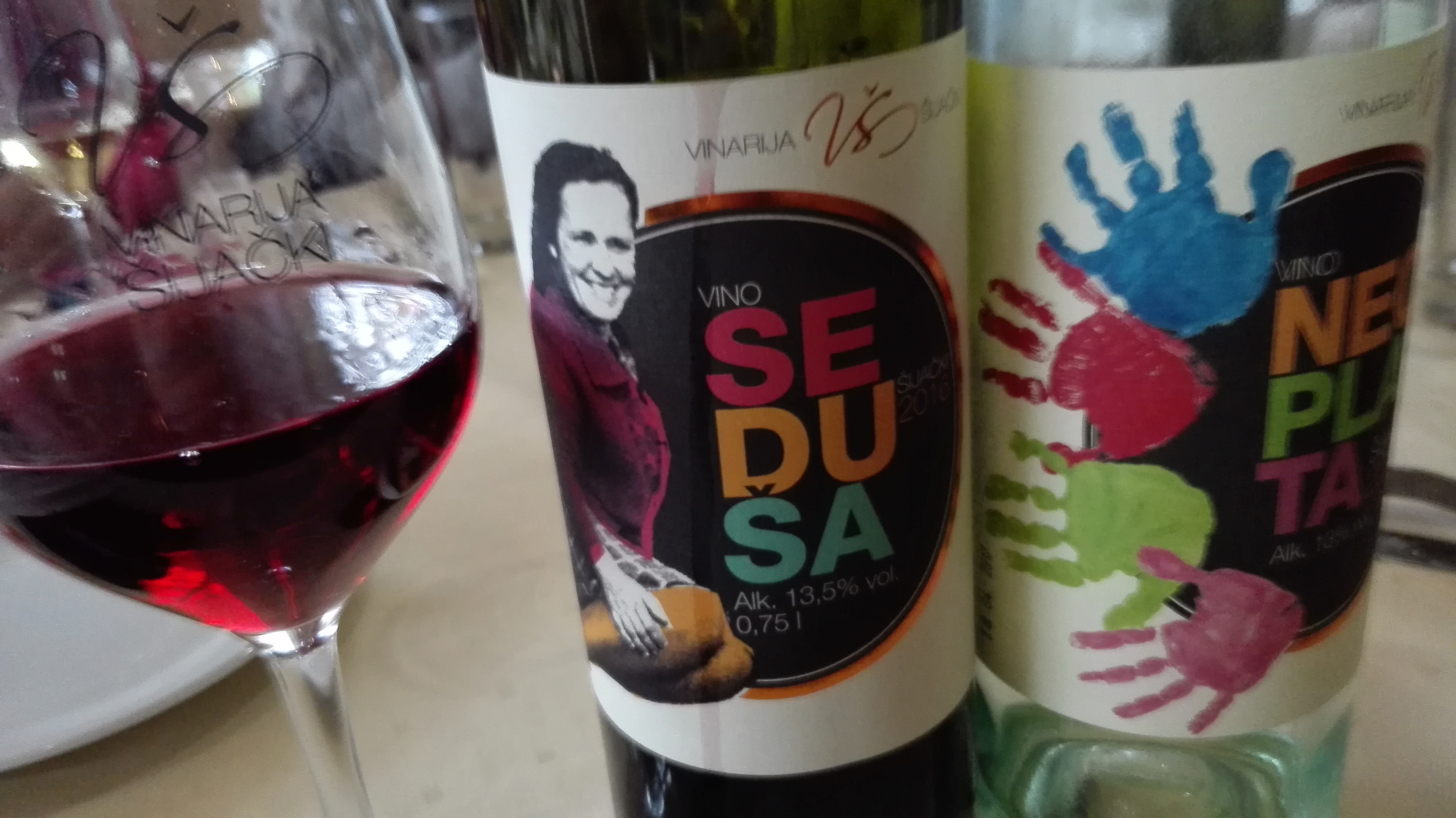

SEDUŠA, RETKA SRPSKA SORTA VINOVE LOZE SAČUVANA OD NESTANKA
PROČITAJ VIŠE
Winner MILLESIMA BLOG AWARD 2016

Pobednik MILLESIMA BLOG AWARD 2016
VINO & FINO wine personality of the year 2016

VINO & FINO vinska ličnost godine 2016